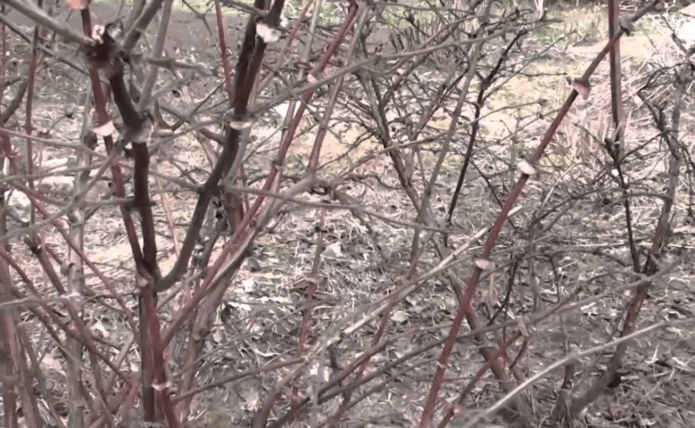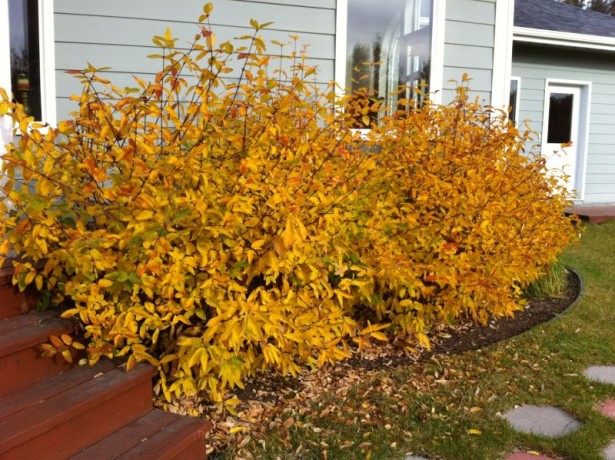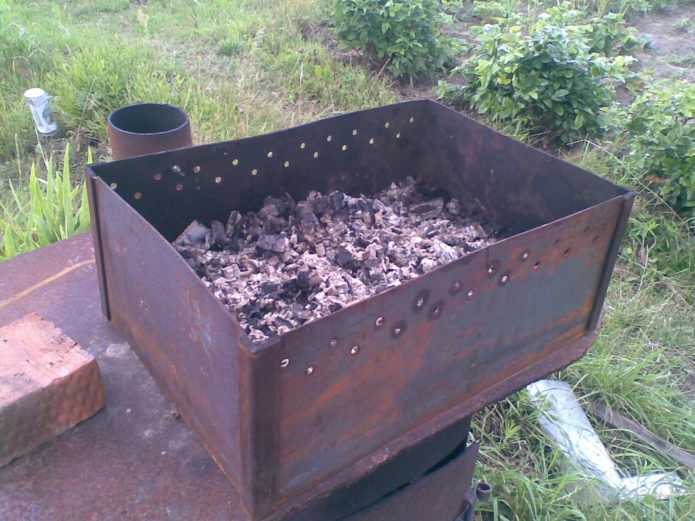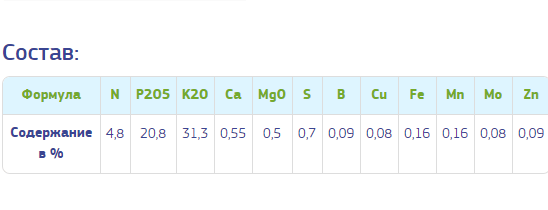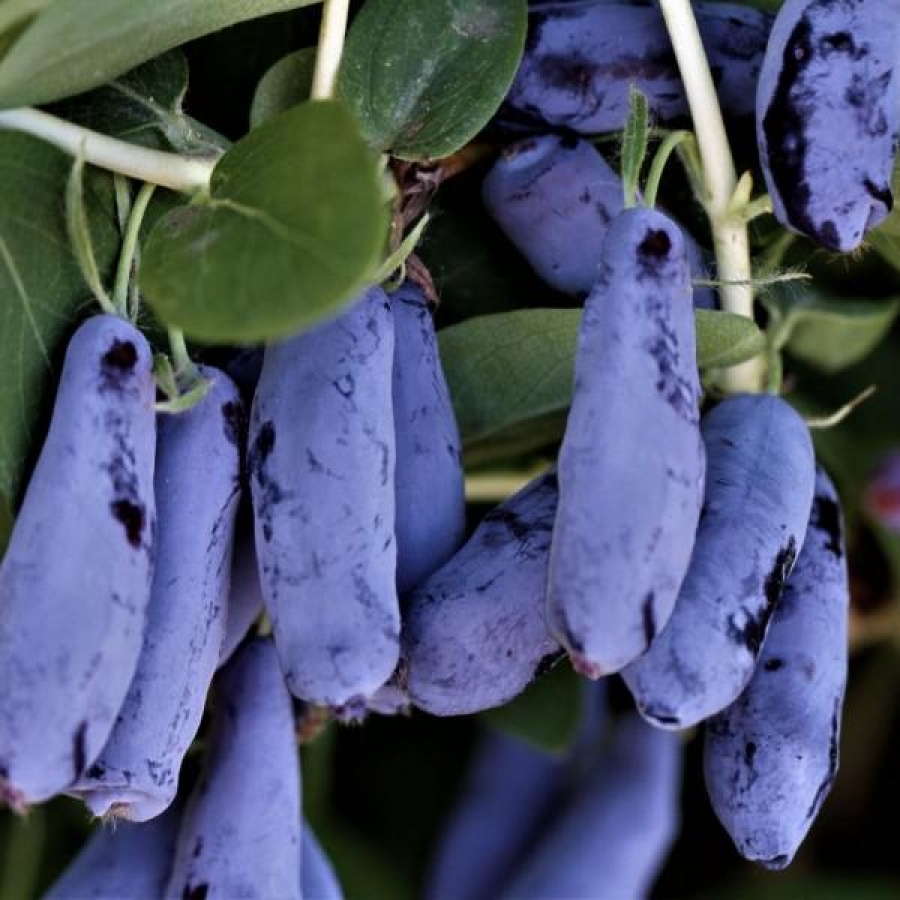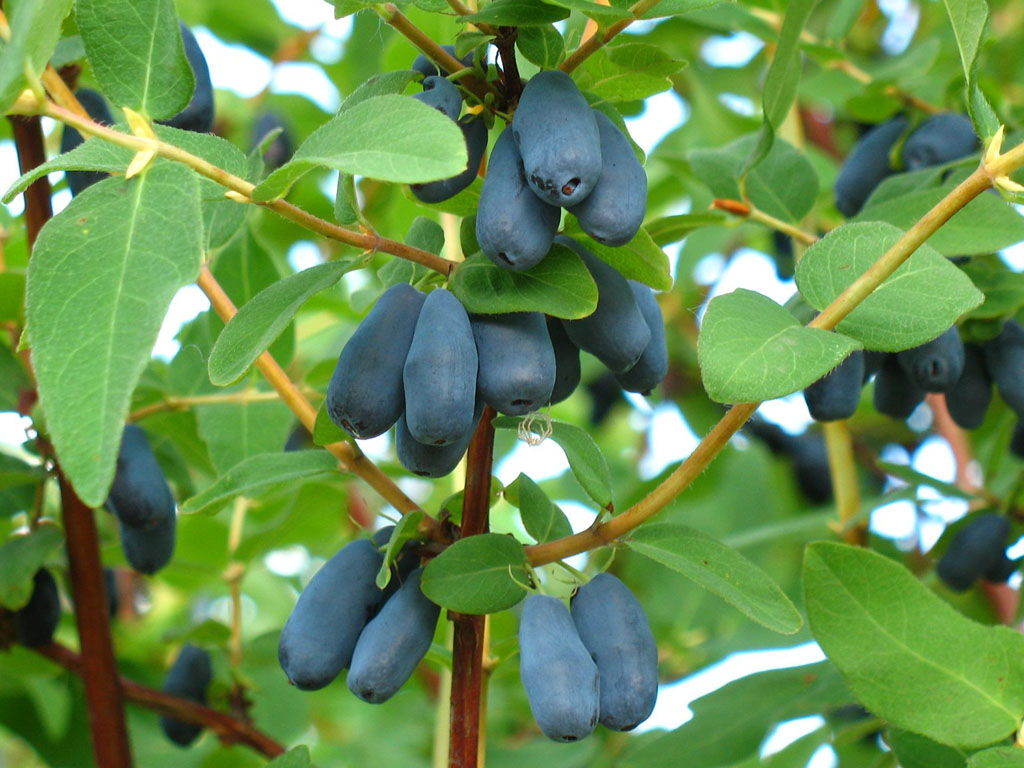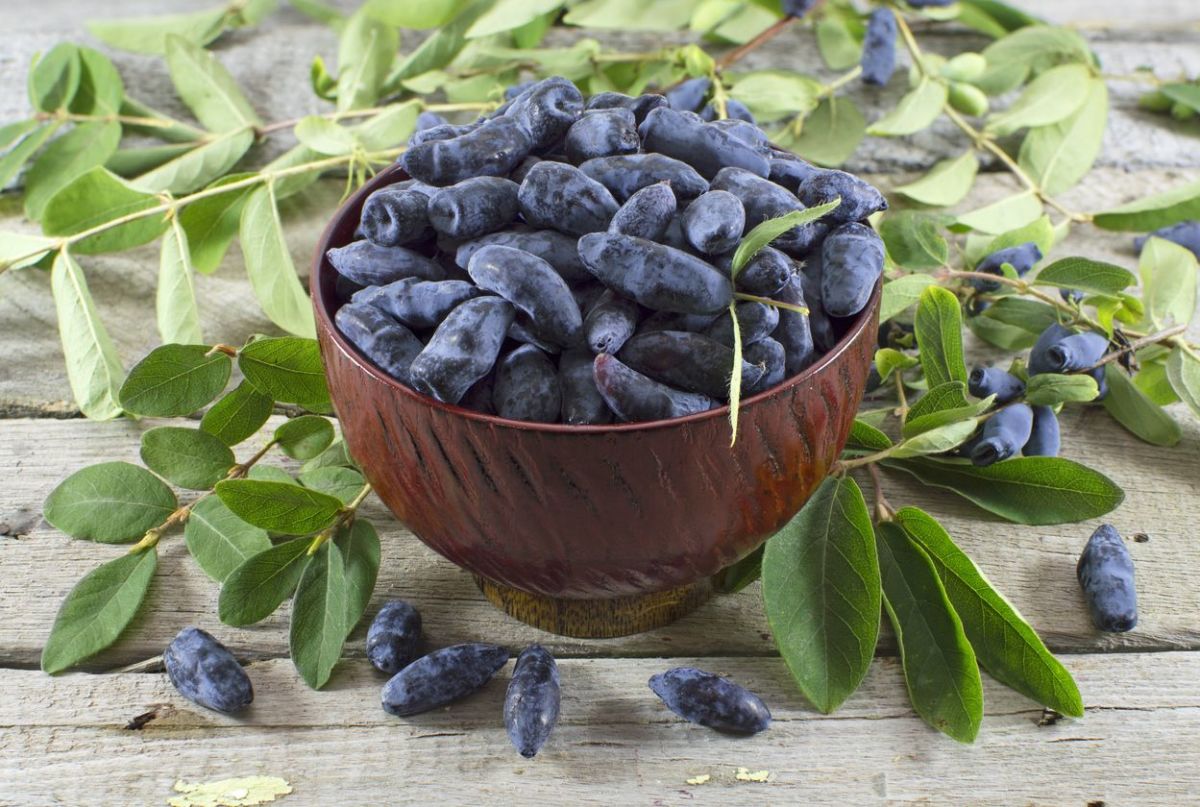A honeysuckle bush with good annual feeding can grow and bear fruit for 20 years. Immediately there is a bunch of organic or mineral fertilizers from the store, which need to be applied almost every week. All wrong. This berry culture is very unpretentious and needs your attention only in spring and autumn.
Content
When and what fertilizers does honeysuckle need?
Honeysuckle has a superficial root system, so it wakes up in the garden first among the bushes as soon as the top layer of the earth thaws. During this period, the plant needs a lot of strength to bloom buds, grow leaves and twigs. The building material for the green parts of plants is nitrogen, it is contained in organic matter and mineral fertilizers.
After the leaves, buds appear, before they bloom, you need to give a second feeding. Now it should contain potassium and trace elements that promote flowering and fruit setting, affect their quantity, size and taste. A whole complex of useful substances is contained in wood ash and in ready-made mixtures, created specifically for introduction in spring under garden crops.
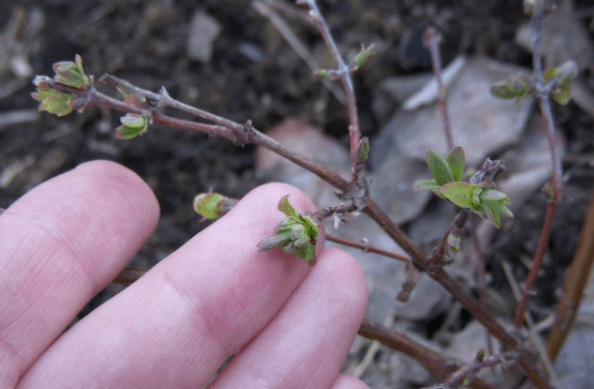
There is a very short time between the first and second feeding: the leaves have not yet bloomed yet. and the buds have already appeared
Spring feeding will be enough for honeysuckle until autumn. In September - October, phosphorus-potash fertilizers are traditionally applied. Potassium affects not only the yield, but also increases winter hardiness, as well as disease resistance. Phosphorus promotes root growth. This element is needed all season, but it is applied in the fall, since the fertilizer containing it, superphosphate, is very slowly broken down into nutrients. Under autumn rains, it will gradually dissolve, interact with soil elements, and by spring it will take a form that is easily absorbed by plants.
Top dressing for honeysuckle in the spring, how to apply them
In the spring, honeysuckle needs two feedings:
- nitrogen - in early spring;
- complex with potassium and trace elements - during the period of bud extension.
But not every gardener can get to his site immediately after the snow melts, so in spring these two dressings are often combined. Or nitrogen is applied in late autumn, after leaf fall, when the honeysuckle is at rest. Thus, you have the freedom of choice:
- Apply spring fertilizer in two steps.
- Combine two dressings into one.
- Apply nitrogen fertilizer in late autumn, and potash fertilizer with trace elements - in spring.
Types of nitrogen fertilizers and application rates
It depends on nitrogen fertilization in the spring how powerful the annual growths will be. After all, it is on the increments that the harvest will ripen next year. The better we feed, the longer these branches will be, respectively, more berries will grow on them. However, you cannot overfeed.With an excess of nitrogen, the greenery grows too actively, the bush thickens, the yield tends to zero.
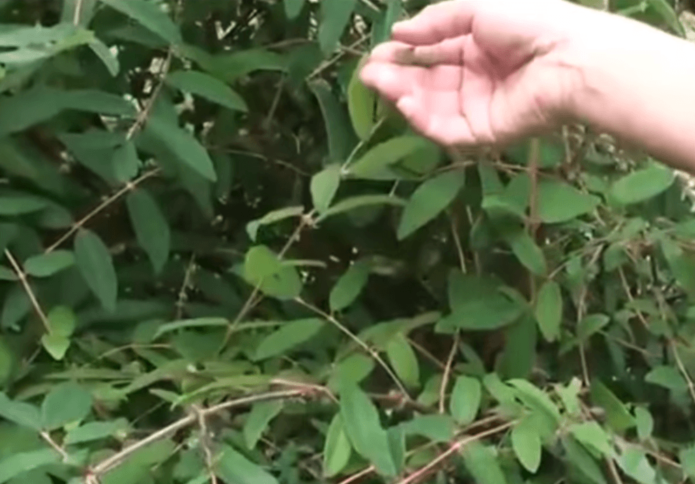
Annual growths are still green, non-lignified branches, flower buds of the next year's harvest are laid on them
Especially often gardeners strive to feed young bushes well. Honeysuckle differs from other crops in that its seedlings develop very slowly in the first 2-3 years of life. According to the recommendations of Dmitry Bryskin, a researcher at the Michurin VNIIS, poorly growing young bushes can be fed with ammonium nitrate at a rate of 10–20 g per plant. For an adult bush, 30 g will be enough. Spread the fertilizer around the trunk circle, mix with the ground, punching through the top 3-5 cm, and pour well with water from a watering can. Another option for nitrogen fertilization: dissolve the indicated amount in a bucket of water and water the bush. Instead of ammonium nitrate, urea can be used in the same doses.
The honeysuckle roots are close to the surface, so loosen the ground underneath and weed out the weeds carefully.
If you do not want to use chemistry, then fertilize with organic matter. Choose one of the options:
- After loosening, mulch the soil with humus or compost, using one bucket per bush.
- Pour infusion of mullein (1:10) or infusion of bird droppings (1:20).
- Spread out a 0.5–1 bucket of peelings from potatoes, zucchini and other food waste, carefully cover with cut grass or cover with earth.
- Spread half a bucket of dry bedding from the house (droppings mixed with sawdust or straw) and embed in the soil.
- Fertilize with fresh manure, spreading it out in a thin layer and digging up with the top layer of earth.
Honeysuckle loves fresh organic matter (manure and poultry droppings), but they need to be applied once every 3-4 years. If you do nitrogen fertilization in late autumn, then use only mulching materials for this - humus, compost, manure. They gradually rot, enriching the earth with humus. In late autumn - in winter, such a litter is seized by frost, thaws in spring and begins to supply nutrients to the roots.
Video: feeding honeysuckle with kitchen waste
Potassium and trace minerals for honeysuckle
Honeysuckle loves wood ash more than many crops. The first reason is that this substance reduces the acidity of the soil, bringing the reaction closer to neutral, favorable for honeysuckle. The second reason - according to experts, ash contains more than half of the elements from the periodic table, including those important for plants: potassium, phosphorus, boron, calcium, manganese, copper, etc. Therefore, honeysuckle ash is fertilized twice a season: in spring, as a mixture of trace elements, and in the fall, as a phosphorus-potassium fertilizer.
One of the options for top dressing is to scatter 0.5–1 L of ash under the bush and loosen it up. The dose depends on the size of the bush. With water, useful substances will penetrate to the roots faster, less ash will scatter in the wind. Therefore, there are recommendations to pour 2–3 liters of ash with 10 liters of water, leave for 24 hours. For watering, 1 liter of this infusion is consumed on a 10-liter watering can.
Collect ash immediately after burning plant materials, as soon as it cools down, store in a container with a lid in a dry place. If the ash has been in the rain or stored in high humidity conditions, then it no longer carries any nutritional value.
An alternative to ash as a multi-component top dressing before flowering can be an infusion of weeds diluted with water 1: 5. In the process of fermentation, the plants give the solution all the nutrients that they took out of the ground. A very simple way is to buy a ready-made complex mixture for berry and fruit crops, for example "Fertika - garden and vegetable garden - spring-summer". When buying fertilizer mixtures, always look at the composition. Usually, it indicates the percentage of substances: nitrogen, phosphorus, potassium and plus trace elements.
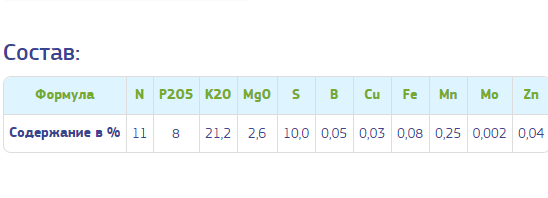
The composition of Fertik's universal mixture for spring-summer, it contains trace elements, but also contains nitrogen (N), phosphorus (P) and potassium (K)
Therefore, if you plan to feed the honeysuckle with a nitrogen-containing mixture, avoid early spring nitrogen feeding. That is, you will make your work easier by combining two dressings into one. And the presence of phosphorus and potassium in such complexes suggests that the rate of these elements in the fall should be halved. In any case, read the recommendations on the packages.
Infusions of ash and weeds, solutions of complex mixtures (if indicated in the instructions) can be given as foliar dressing, that is, poured over the leaves.
Video: combined feeding with ash and bird droppings
Phosphate-potassium fertilizing in autumn
Autumn fertilizers can be applied starting in September. The most common of these are superphosphate and potassium sulfate. Consumption rates per square meter are indicated on the packages. So, superphosphate will need 30 g per 1 m², and potassium salt - 20 g.
The rates are indicated for the entire season. Reduce them if phosphorus and potassium were included in the spring feed.
It is possible to replace these chemicals with wood ash in the same doses as in the spring. In addition, there are ready-made complex mixtures for the fall. Such fertilizers are also produced under the already familiar Fertik brand. They are dominated by potassium and phosphorus.
Fertika is not the only brand of ready-made complex mixtures; in stores you can see equally well-known ones: Agricola, Clean Sheet, Fasco, etc.
How to do without fertilizers
Nowadays, natural agriculture is actively reviving, that is, the restoration of soil fertility without chemistry. One of the components is the use of green manure. Growing phacelia, mustard, clover, buckwheat, oats, rapeseed, lupine, vetch and other green manure on your plot, you get natural organic fertilizer. To feed the honeysuckle, it is enough to cut such herbs before flowering and constantly, as they decay, put them under the bush in the form of mulch. To recycle these plant residues, earthworms and beneficial microorganisms will settle under the honeysuckle bush. With their help, the grass will rot, mix with the ground, improve its structure and fertility. Any weed can be used in the same way.
Video: mulch - a godsend for the gardener
The feeding scheme for honeysuckle is simple: in the spring you need nitrogen, potassium and trace elements, in the fall - phosphorus and again potassium. But everything is complicated by a large assortment of fertilizing products and their different combinations. You can use organics or chemistry, alternate between them, make natural infusions yourself, or buy ready-made mixtures. Supporters of natural farming completely abandon fertilizers, using siderates instead.
